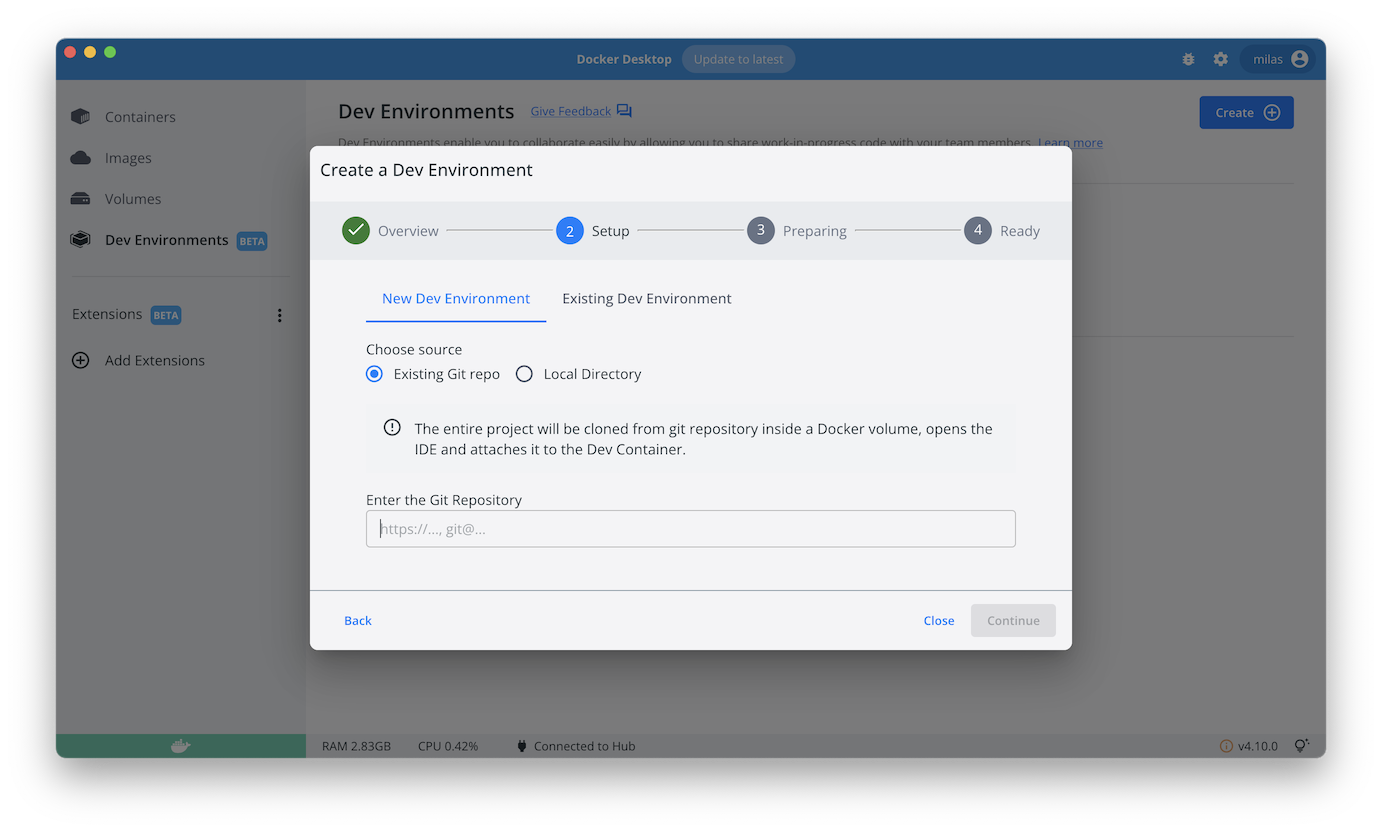Compose sample application
Go server with an Nginx proxy and a Postgres database
Project structure:
.
├── backend
│ ├── Dockerfile
│ ├── go.mod
│ └── main.go
├── db
│ └── password.txt
├── compose.yaml
├── proxy
│ ├── conf
│ └── Dockerfile
└── README.md
services:
backend:
build: backend
...
db:
image: postgres
...
proxy:
build: proxy
ports:
- 80:80
...
The compose file defines an application with three services proxy, backend and db.
When deploying the application, docker compose maps port 80 of the proxy service container to port 80 of the host as specified in the file.
Make sure port 80 on the host is not already being in use.
Deploy with docker compose
$ docker compose up -d
Creating network "nginx-golang-postgres_default" with the default driver
Pulling db (postgres:)...
latest: Pulling from library/postgres
...
Successfully built 5f7c899f9b49
Successfully tagged nginx-golang-postgres_proxy:latest
WARNING: Image for service proxy was built because it did not already exist. To rebuild this image you must use `docker-compose build` or `docker-compose up --build`.
Creating nginx-golang-postgres_db_1 ... done
Creating nginx-golang-postgres_backend_1 ... done
Creating nginx-golang-postgres_proxy_1 ... done
Expected result
Listing containers must show three containers running and the port mapping as below:
$ docker ps
CONTAINER ID IMAGE COMMAND CREATED STATUS PORTS NAMES
5e3ecd0289c0 nginx-golang-postgres_proxy "nginx -g 'daemon of…" 48 seconds ago Up 48 seconds 0.0.0.0:80->80/tcp nginx-golang-postgres_proxy_1
ffa1410b1c8a nginx-golang-postgres_backend "/server" 49 seconds ago Up 48 seconds 8000/tcp nginx-golang-postgres_backend_1
e63be7db7cbc postgres "docker-entrypoint.s…" 49 seconds ago Up 49 seconds 5432/tcp nginx-golang-postgres_db_1
After the application starts, navigate to http://localhost:80 in your web browser or run:
$ curl localhost:80
["Blog post #0","Blog post #1","Blog post #2","Blog post #3","Blog post #4"]
Stop and remove the containers
$ docker compose down
Use with Docker Development Environments
You can use this sample with the Dev Environments feature of Docker Desktop.
To develop directly frontend or the backend services inside containers, you just need to use the https git url of the sample:
https://github.com/docker/awesome-compose/tree/master/nginx-golang-postgres
